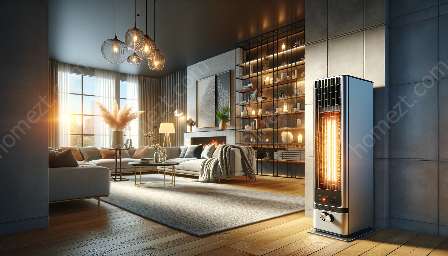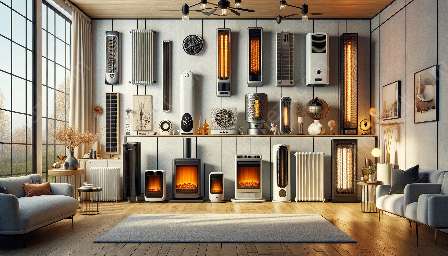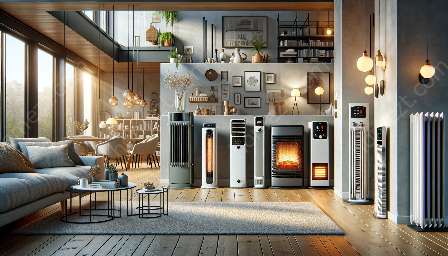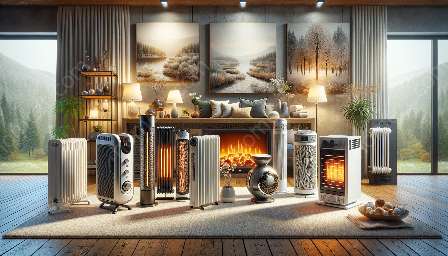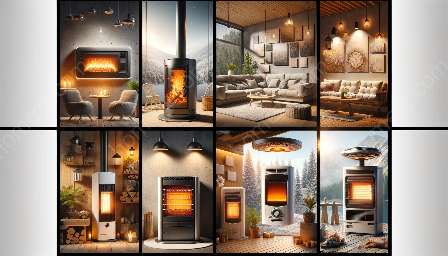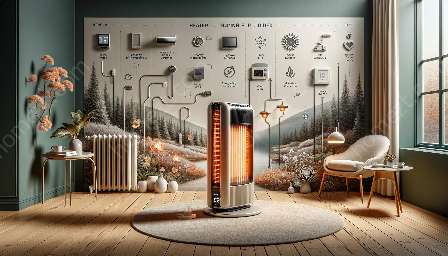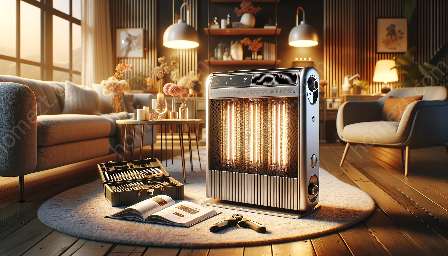Forced air heaters are a popular choice for heating residential and commercial spaces. These heaters work by heating air within a furnace or heat exchanger and then distributing the warm air throughout the space via ducts and vents.
One of the primary benefits of forced air heaters is their ability to quickly and efficiently distribute heat, making them a convenient option for maintaining a comfortable indoor environment. In this topic cluster, we will delve into the workings of forced air heaters, their various types, energy efficiency, maintenance requirements, and important considerations when choosing these heating systems.
How Forced Air Heaters Work
Forced air heaters operate by heating air through the combustion of fuel, such as natural gas or propane, in a furnace or heat exchanger. The heated air is then circulated through ductwork using a blower or fan system, delivering the warmth to different areas of the building via vents and registers. This rapid distribution of heat makes forced air heaters a popular choice for effectively and quickly heating large spaces.
Types of Forced Air Heaters
There are various types of forced air heaters, including gas furnaces, electric furnaces, and heat pumps. Gas furnaces utilize natural gas or propane as a fuel source, while electric furnaces rely on electricity to generate heat. Heat pumps, on the other hand, transfer heat between indoor and outdoor air, providing both heating and cooling capabilities.
Energy Efficiency
Energy efficiency is an important consideration when selecting a forced air heater. Modern forced air heating systems have become increasingly energy-efficient, with many models boasting high Annual Fuel Utilization Efficiency (AFUE) ratings. These ratings indicate the percentage of fuel that is converted into usable heat. Proper installation and regular maintenance play crucial roles in ensuring the energy efficiency of forced air heaters, as well.
Maintenance and Considerations
Regular maintenance is essential for the optimal performance of forced air heaters. This includes changing air filters, inspecting ductwork for leaks, and scheduling professional tune-ups to address any potential issues. Considerations such as proper sizing for the space, air quality improvement through filtration systems, and compatibility with smart thermostats are also important aspects to keep in mind when choosing a forced air heater for your specific heating needs.
Conclusion
Forced air heaters offer efficient and effective heating solutions for both residential and commercial spaces. By understanding how these heaters work, exploring their various types, considering energy efficiency, and addressing maintenance and considerations, individuals and businesses can make informed decisions to ensure a comfortable and well-heated environment.


